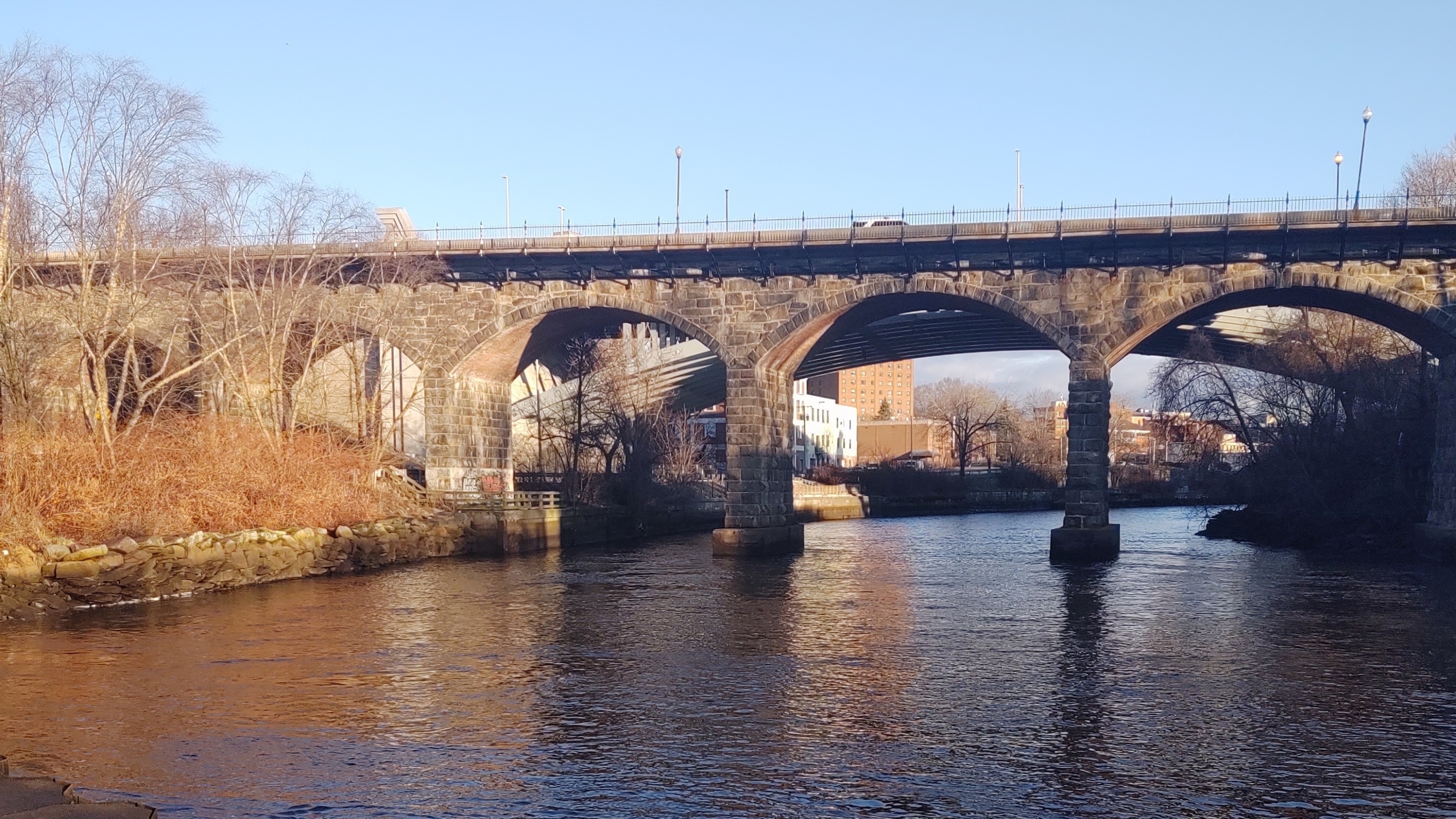Phase III CSO Program – Contracts IIIA-4 and IIIA-5
Narragansett Bay Commission (NBC) - Pawtucket, Rhode Island

As part of Phase III of the NBC’s $1.2B CSO program, BETA is providing design services for two contracts to construct a consolidation conduit, diversion structures, and a gate and screening structure to divert wet-weather flow from existing Combined Sewer Overflow (CSO) locations to a deep rock CSO storage tunnel. The program was developed in response to an EPA Administrative Consent Order to reduce CSO discharges to Narragansett Bay. The overall program goals include a 98% reduction in annual CSO volume discharged to the Bay and an 80% reduction in shellfish bed closures.
BETA’s project scope for the two contracts includes:
- Approximately 3,700 LF of large-diameter (48”-72”) consolidation conduit ranging in depth from 10-30 feet. The pipes are proposed to be installed by a combination of conventional trench construction and various trenchless construction techniques, including microtunneling, pipe jacking, and utility tunneling
- Approximately 600 LF of 42” outfall pipe to relocated Outfall OF-217 from beneath an existing electrical substation
- Four (4) diversion structures to divert CSO flow from the existing outfalls to the consolidation conduit
- A Gate and screening structure (GSS) designed to remove floatables and debris from the near-surface facilities before CSO flow discharging to the storage tunnel
- Approach channel to connect the GSS discharge to the drop shaft
- Approximately 1,000 linear feet of water main replacement
- Approximately 500 linear feet of drainage improvements
Design Challenges included:
Contract IIIA-4
- Utility congestion within the proposed pipe corridor, including a major electric duct bank serving as the primary feed for the City
- Deep construction (~30 feet) near a stone retaining wall along the Seekonk River
- Former building foundations present throughout the project area and abandoned bridge piers associated with former I-95 bridge
Contract IIIA-5
- Diversion structure and 1,000 LF of consolidation conduit located on National Grid’s former manufactured gas plant site known as the “Tidewater Property”
- Site contamination requiring specific soil and groundwater handling, management, and treatment protocols, health and safety requirements, and air and dust monitoring requirements
- Coordination with Fortuitous Partners, a development company constructing a 7,500-seat soccer stadium on the Tidewater property concurrently with both National Grid’s site remediation and the NBC project
- Trenchless construction techniques (microtunneling) in a mixed-face condition (tunneling through both soil and bedrock within the same tunnel face – occurs at the soil/bedrock interface)


